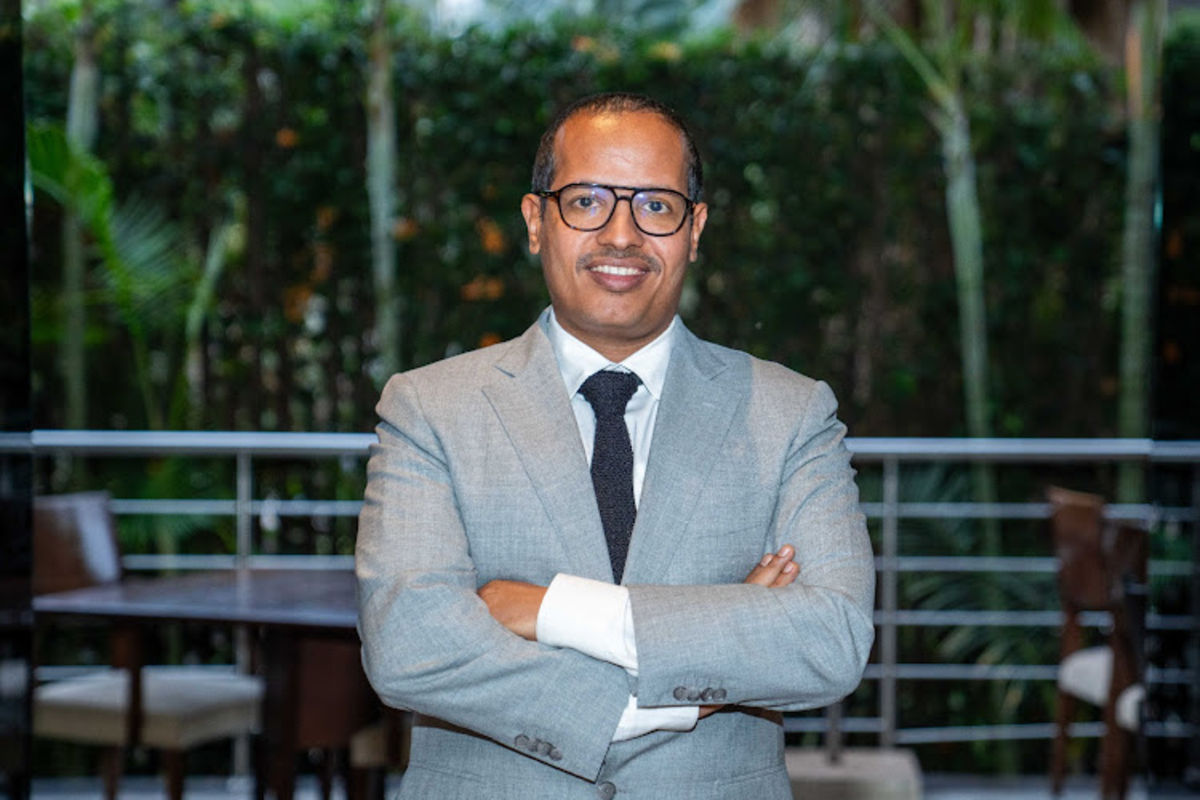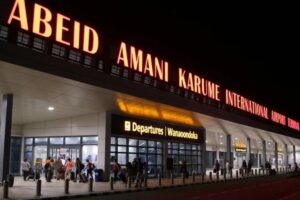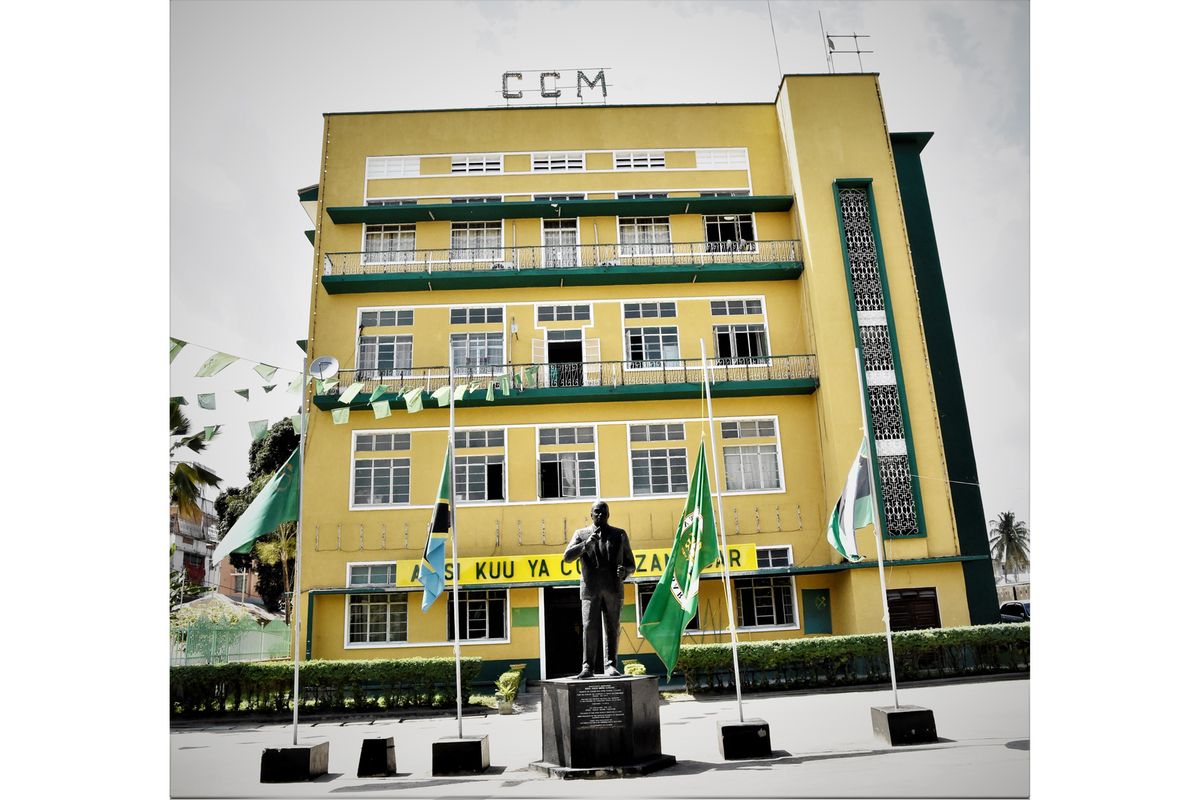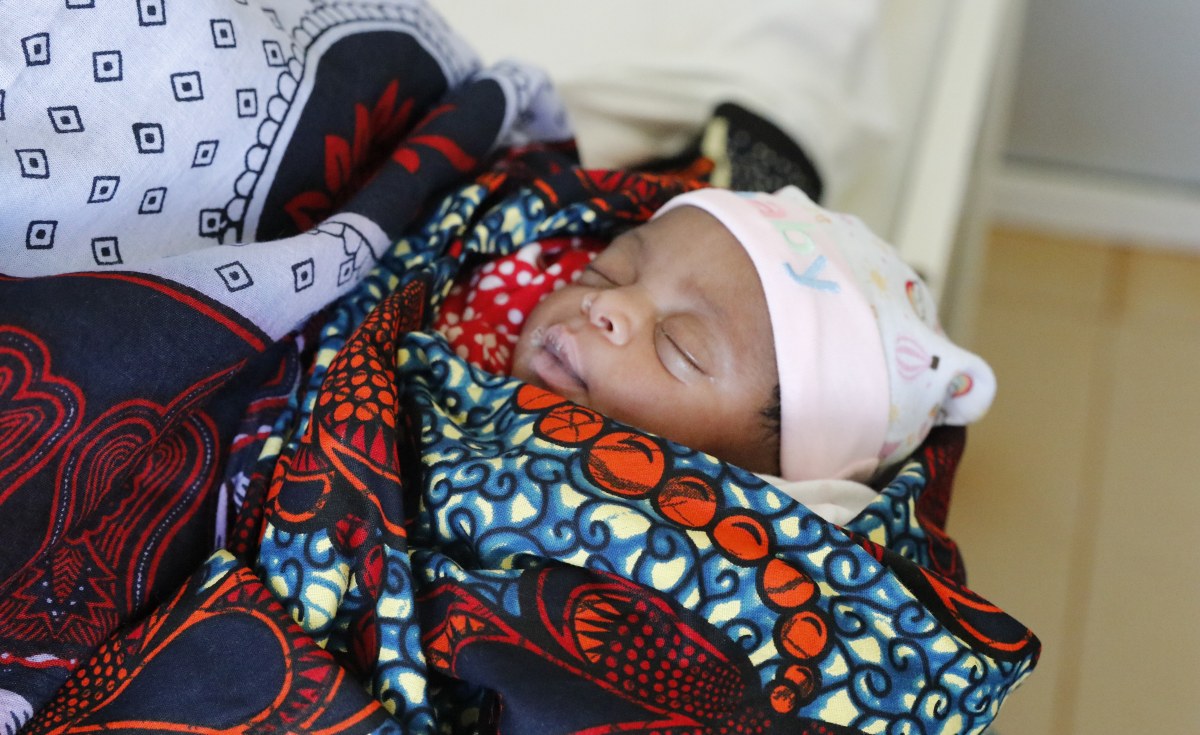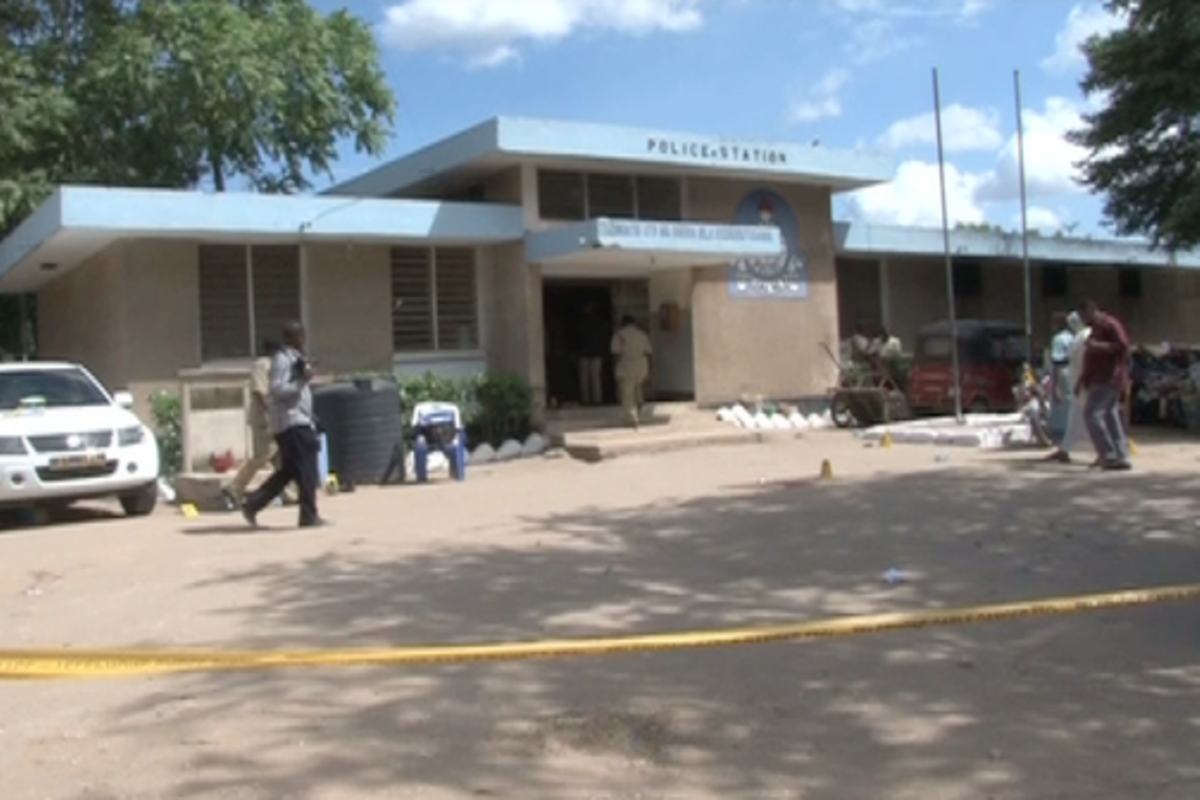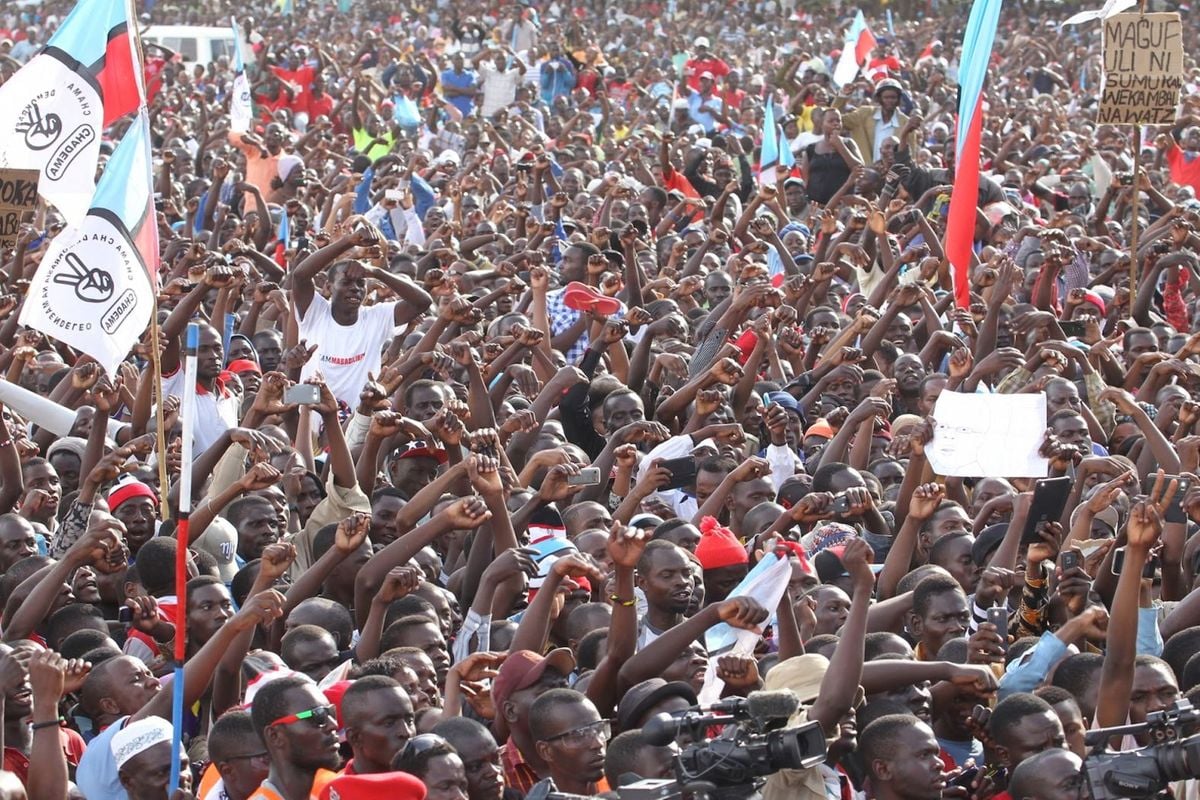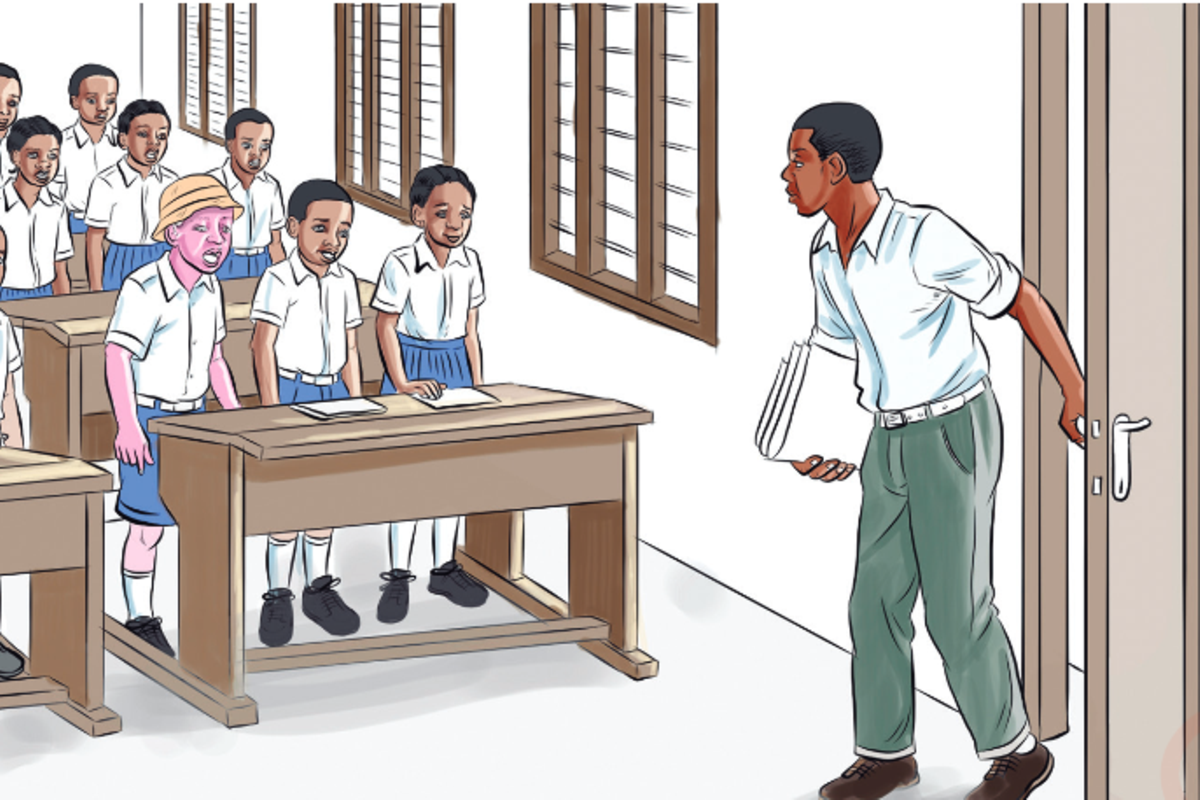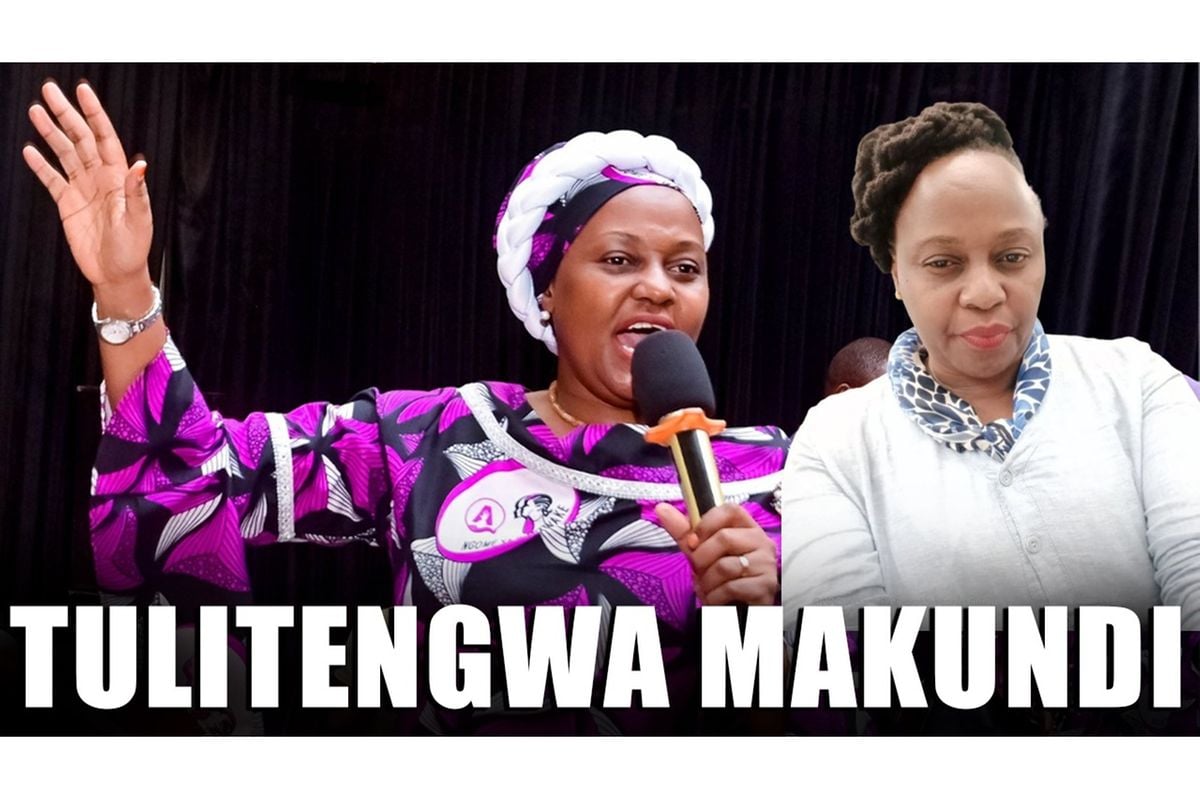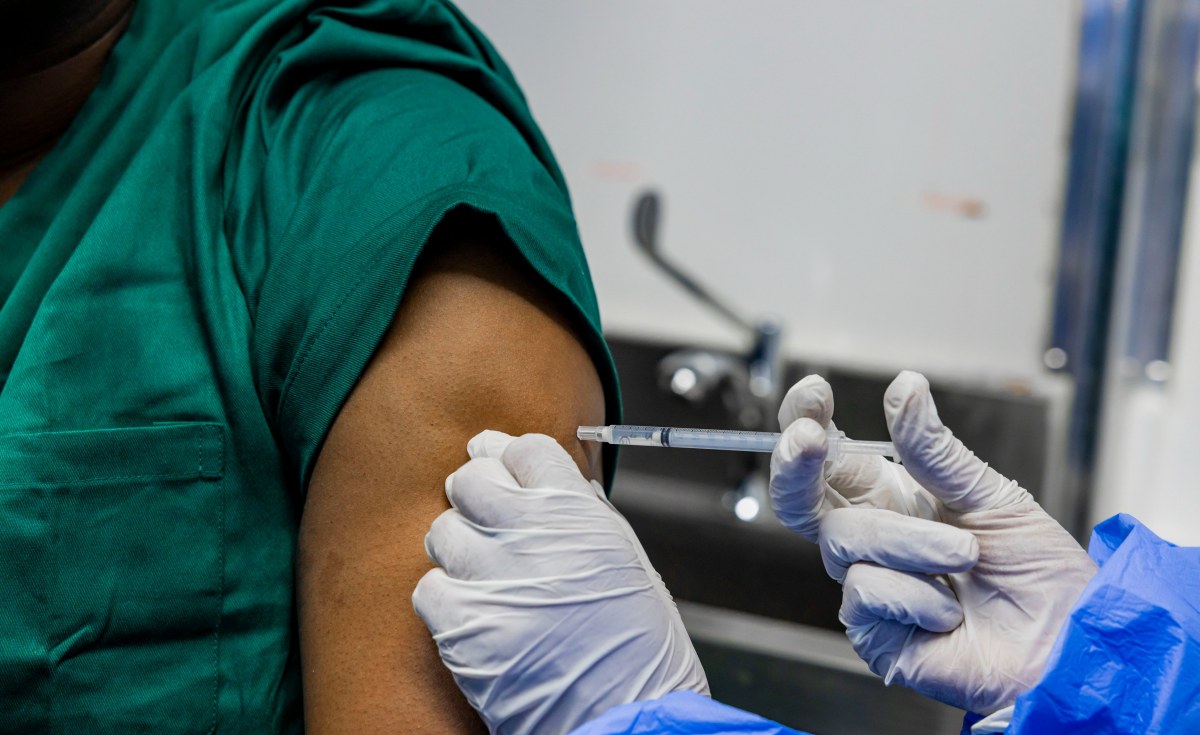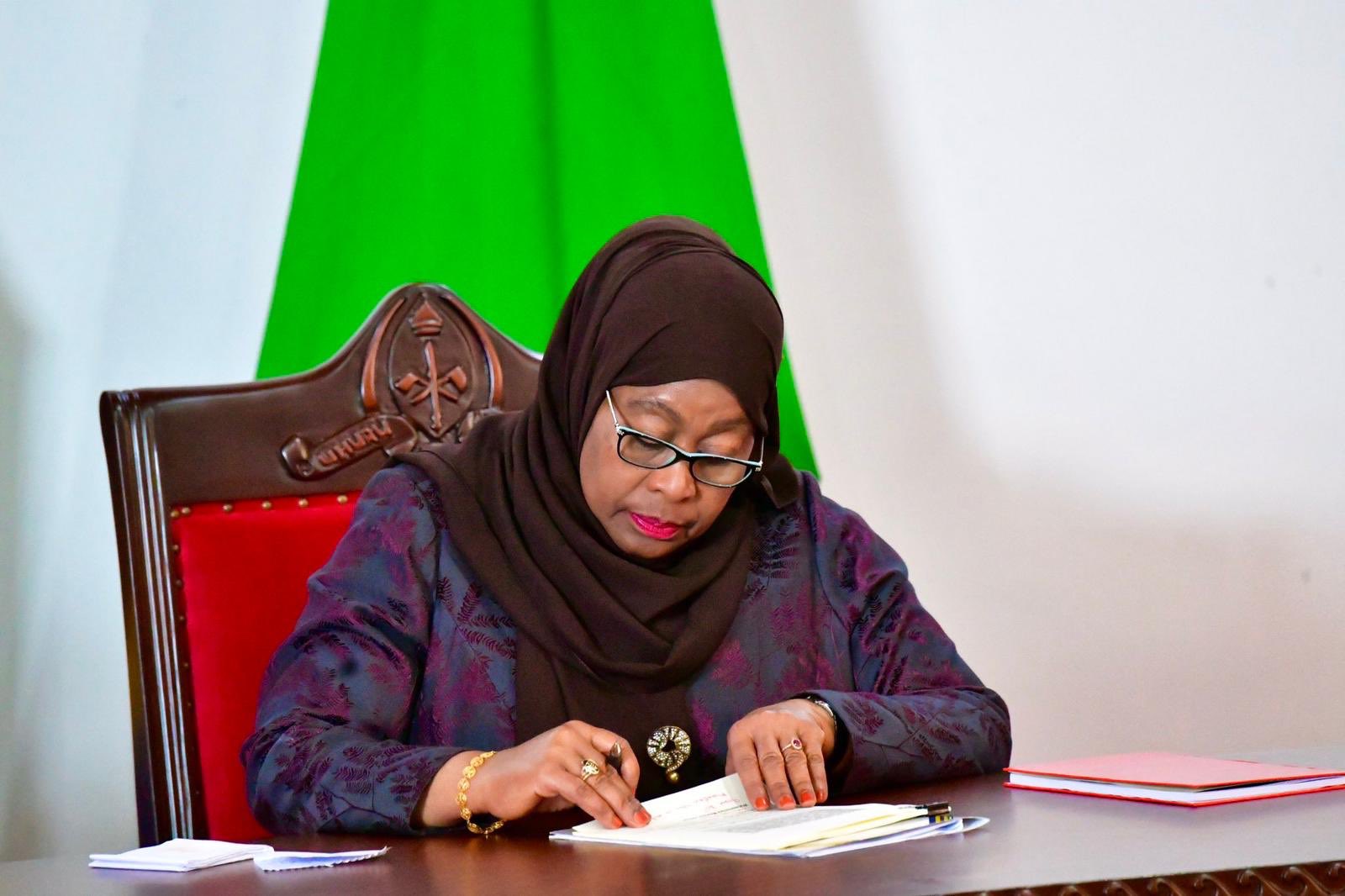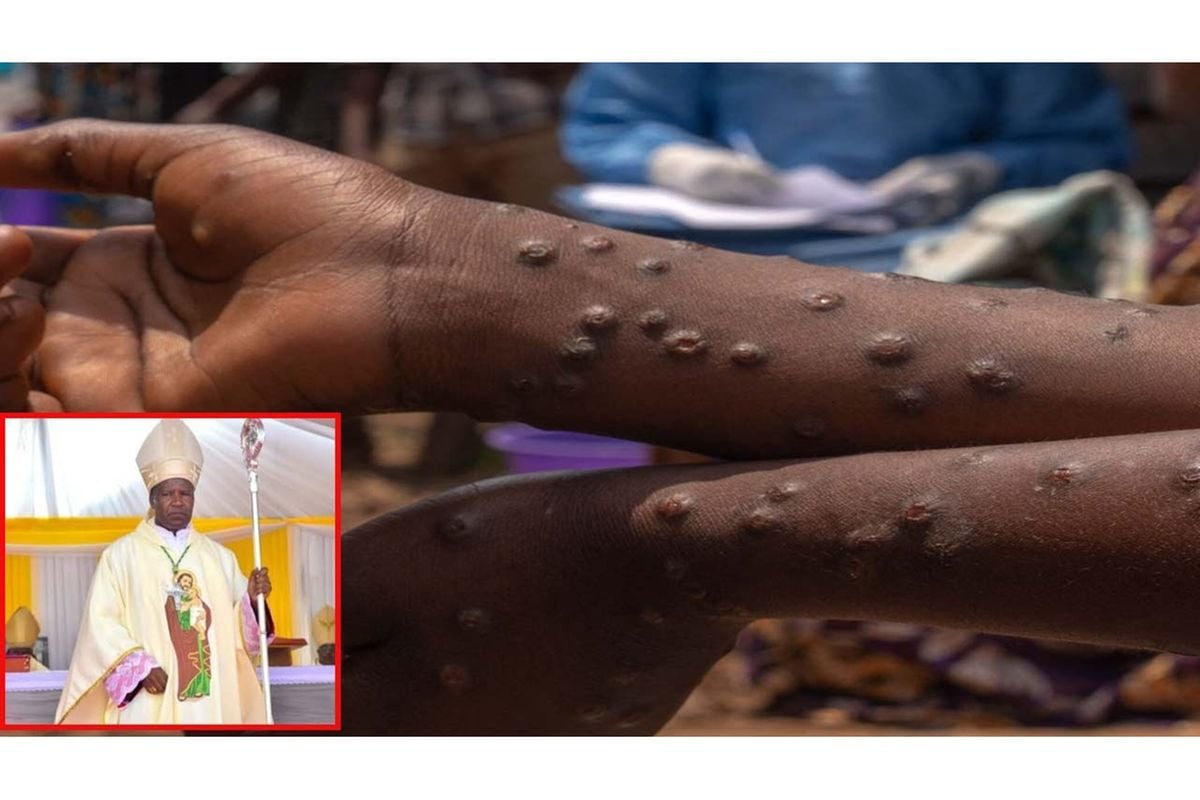Dar es Salaam. Tanzania’s Amsons Group has made a $180 million (about Sh475 billion) bid to acquire Kenyan firm Bamburi Cement.
Once concluded, it will rank among the biggest takeover deals in East Africa and create a giant cement producer in the region.
Amsons Group, which is a family-run business with operations in Tanzania, Zambia, Malawi, Mozambique, the Democratic Republic of Congo and Burundi, said on Wednesday that it had signed a binding offer with Bamburi Cement.
The deal will be the largest private investment by a Tanzanian firm in Kenya since the collapse of the East African Community in 1977.
The proposed deal dwarfs the $130 million investment in Kenya by Tanzania’s Taifa Gas, whose LPG facility was commissioned in the neighbouring country in February 2023.
Taifa Gas is owned by Tanzanian tycoon Rostam Aziz and its subsidiary in Kenya operates from the Special Economic Zone in Mombasa.
Amsons Group managing director Edha Nahdi said the proposed deal will consolidate the group’s position in the cement industry in East Africa as part of the regional economic development and market integration ideals.
“We have great plans to deepen our investment in Kenya and Bamburi,” he added.
“Our offer to acquire Bamburi is part of our corporate market expansion plan and will mark the formal entry of Amsons Group into the Kenyan market, where we also plan to invest in other industries in the coming months.”
The deal will see Bamburi shareholders paid Ksh65 ($0.51) per share, giving shareholders a premium of Ksh20 ($0.16) per share, or 44.4 percent gain, given that the Bamburi stock closed at Ksh45 ($0.35) per share at the end of Wednesday’s trading at the Nairobi Securities Exchange (NSE).
Bamburi is majority-owned by Holcim through two investment vehicles—Fincem Holding Limited and Kencem Holding Limited—with a combined stake of 58.3 percent.
“This agreement to sell our stake in Bamburi Cement advances Holcim’s strategy of extending our leadership in our core markets as the global leader in innovative and sustainable building solutions,” said Mr Martin Kriegner, regional head of Asia, Middle East and Africa at Holcim.
The cash offer by Amsons Group represents a premium offer above the Bamburi Cement share price as of the closing of trade at the NSE on Wednesday.
Amsons Group has daily cement manufacturing capacity of a 6,000, including through the recently acquired Mbeya Cement facility.
Bamburi Cement boasts an annual production capacity of 3.2 million tonnes.
The acquisition will significantly enhance Amsons Group’s regional production capacity and market presence.
Information posted on the Amsons Group’s website shows that the group’s assets and infrastructure include the Camel Oil Depot with a storage capacity of 60 million litres of fuel, Camel Flour, which has a storage capacity of 24,000 tonnes and a production capacity of 15,000 tonnes and a transport fleet of 800 lorries.
Amsons Group has also created 1,700 and 2,000 direct and indirect jobs, respectively, in TAnzania alone.
With businesses spread across the EAC region, Amsons Group continues to strengthen its footprint in the manufacturing sector.
The Amsons Group’s corporate strategy has evolved as its businesses have grown, matured and diversified into new sectors and regions over the last decade.
The company is behind the Camel Cement and Tembo Cement retail brands and has been among the major importers of bulk oil and petroleum products in Tanzania.
The company has also diversified into other ventures such as lubricants, liquefied petroleum gas (LPG), transportation, cement and concrete, inland container depots (ICDS), Camel Flour, Tanzania Clou Electronics Company Limited and Amsons Real estate.


